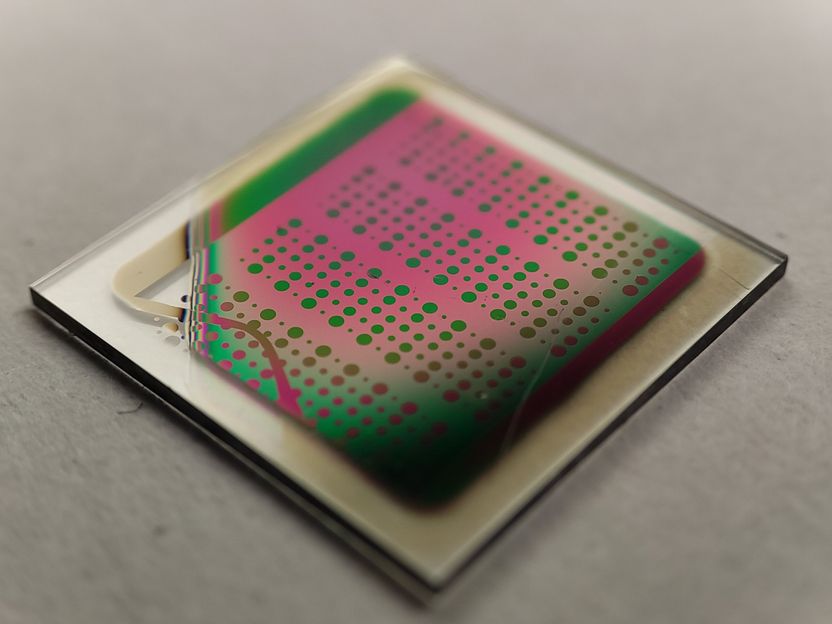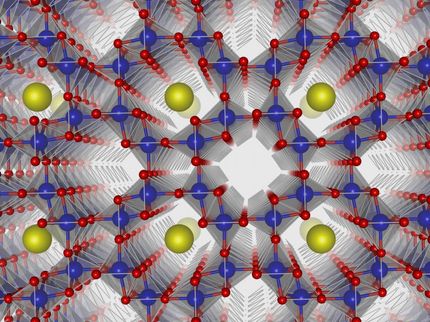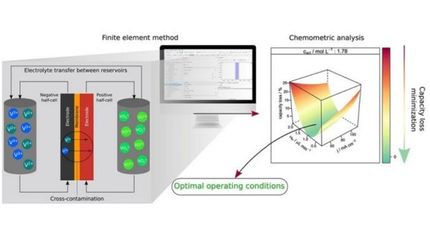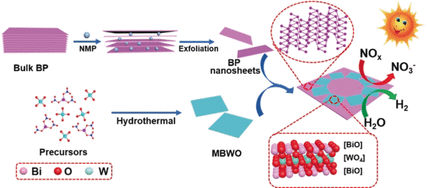New invention: The oxygen-ion battery
The new type of battery can be extremely durable, does not require rare elements and solves the problem of fire hazards
Lithium-ion batteries are ubiquitous today - from electric cars to smartphones. But that does not mean that they are the best solution for all areas of application. TU Wien has now succeeded in developing an oxygen-ion battery that has some important advantages. Although it does not allow for quite as high energy densities as the lithium-ion battery, its storage capacity does not decrease irrevocably over time: it can be regenerated and thus may enable an extremely long service life.

A prototype of the battery at TU Wien
TU Wien
In addition, oxygen-ion batteries can be produced without rare elements and are made of incombustible materials. A patent application for the new battery idea has already been filed together with cooperation partners from Spain. The oxygen-ion battery could be an excellent solution for large energy storage systems, for example to store electrical energy from renewable sources.
Ceramic materials as a new solution
“We have had a lot of experience with ceramic materials that can be used for fuel cells for quite some time,” says Alexander Schmid from the Institute for Chemical Technologies and Analytics at TU Wien. “That gave us the idea of investigating whether such materials might also be suitable for making a battery.”
The ceramic materials that the TU Wien team studied can absorb and release doubly negatively charged oxygen ions. When an electric voltage is applied, the oxygen ions migrate from one ceramic material to another, after which they can be made to migrate back again, thus generating electric current.
“The basic principle is actually very similar to the lithium-ion battery,” says Prof. Jürgen Fleig. “But our materials have some important advantages.” Ceramics are not flammable – so fire accidents, which occur time and again with lithium-ion batteries, are practically ruled out. In addition, there is no need for rare elements, which are expensive or can only be extracted in an environmentally harmful way.
“In this respect, the use of ceramic materials is a great advantage because they can be adapted very well,” says Tobias Huber. “You can replace certain elements that are difficult to obtain with others relatively easily.” The prototype of the battery still uses lanthanum – an element that is not exactly rare but not completely common either. But even lanthanum is to be replaced by something cheaper, and research into this is already underway. Cobalt or nickel, which are used in many batteries, are not used at all.
High life span
But perhaps the most important advantage of the new battery technology is its potential longevity: "In many batteries, you have the problem that at some point the charge carriers can no longer move," says Alexander Schmid. "Then they can no longer be used to generate electricity, the capacity of the battery decreases. After many charging cycles, that can become a serious problem."
The oxygen-ion battery, however, can be regenerated without any problems: If oxygen is lost due to side reactions, then the loss can simply be compensated for by oxygen from the ambient air.
The new battery concept is not intended for smartphones or electric cars, because the oxygen-ion battery only achieves about a third of the energy density that one is used to from lithium-ion batteries and runs at temperatures between 200 and 400 °C. The technology is, however, extremely interesting for storing energy.
"If you need a large energy storage unit to temporarily store solar or wind energy, for example, the oxygen-ion battery could be an excellent solution," says Alexander Schmid. "If you construct an entire building full of energy storage modules, the lower energy density and increased operating temperature do not play a decisive role. But the strengths of our battery would be particularly important there: the long service life, the possibility of producing large quantities of these materials without rare elements, and the fact that there is no fire hazard with these batteries."
Original publication
Other news from the department science
Most read news
More news from our other portals
See the theme worlds for related content
Topic World Battery Technology
The topic world Battery Technology combines relevant knowledge in a unique way. Here you will find everything about suppliers and their products, webinars, white papers, catalogs and brochures.

Topic World Battery Technology
The topic world Battery Technology combines relevant knowledge in a unique way. Here you will find everything about suppliers and their products, webinars, white papers, catalogs and brochures.






























































